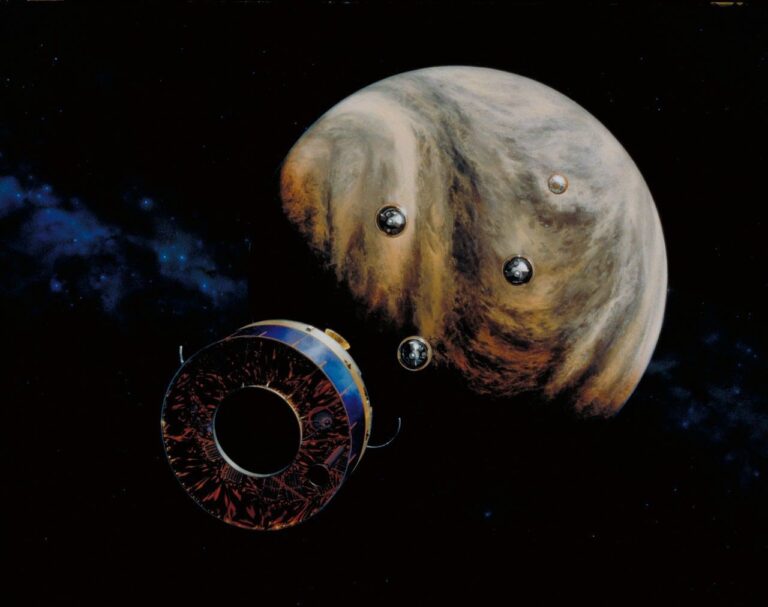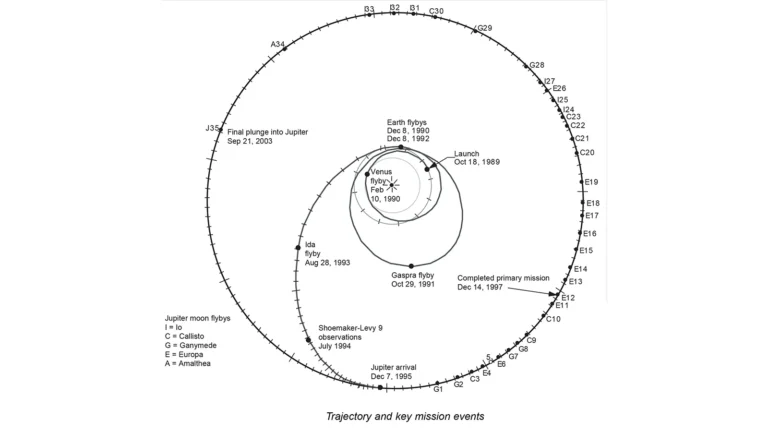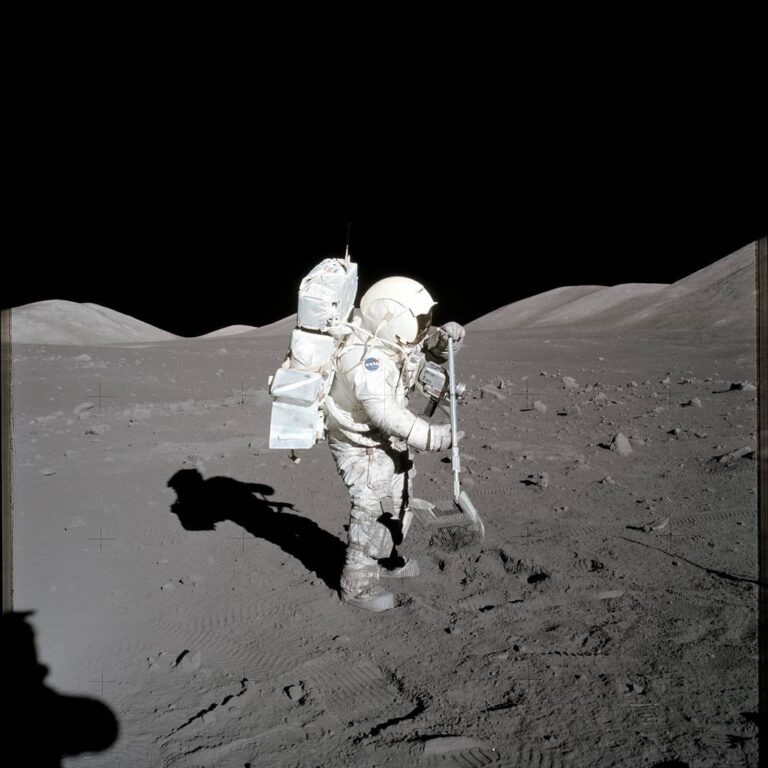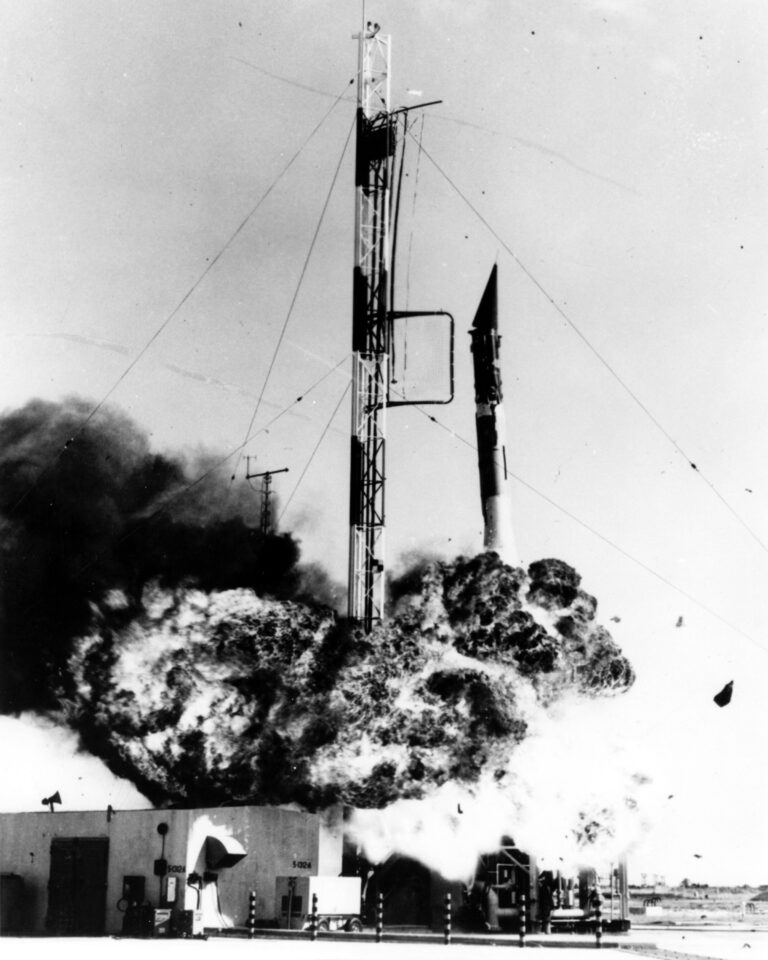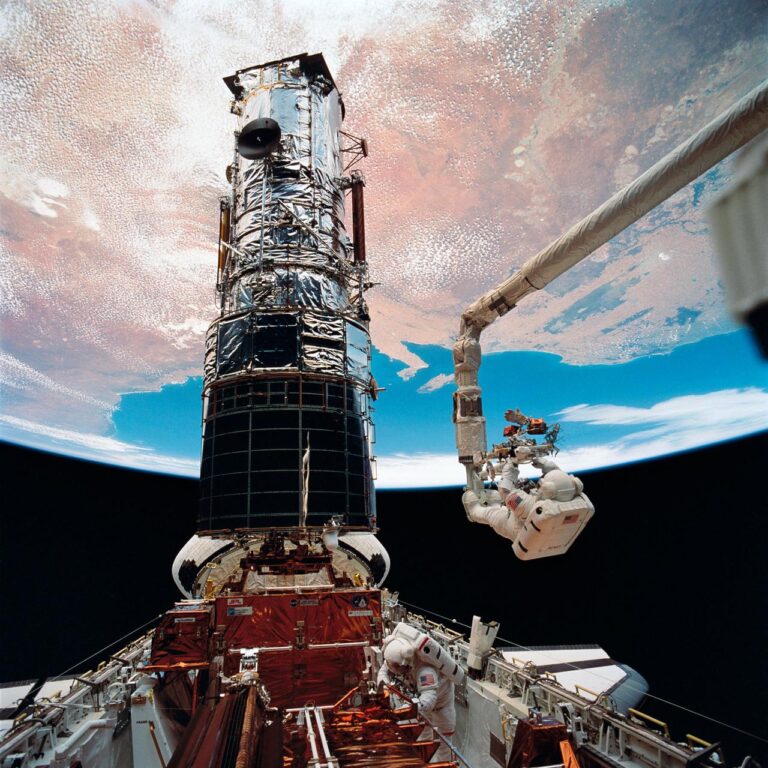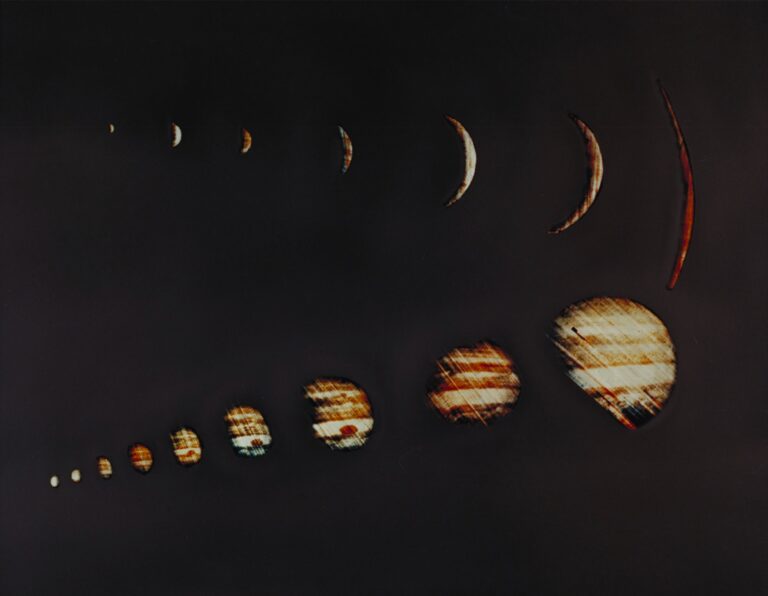
Key Takeaways:
- In October 1923, Edwin Hubble utilized the 100-inch Hooker telescope to photograph the Andromeda Nebula, identifying a variable star within it.
- Hubble applied the known period-luminosity relationship of Cepheid variable stars, a principle established by Henrietta Leavitt, to calculate the star's distance.
- His measurement indicated Andromeda was 1 million light-years away, a value subsequently refined but significant for its initial determination.
- This finding profoundly reconfigured cosmological understanding by confirming Andromeda as an independent galaxy separate from the Milky Way.
On Oct. 4, 1923, Edwin Hubble took a photographic plate of the Andromeda Nebula (as it was known then) using the 100-inch Hooker telescope at Mount Wilson. The next night, Oct. 5th, he took another plate and found that a star that seemed to belong to the nebula had changed in brightness. At first, he thought this was a nova, a type of stellar explosion. But eventually, he realized it was a particular type of variable star — and this meant he could accurately measure the distance to this star.
From studying these variable stars — called Cepheids — in our own galaxy, astronomers already knew that the period of time over which they varied was related to their intrinsic luminosity. Henrietta Leavitt, an astronomer at Harvard College Observatory, had worked out in 1912 that the longer Cepheids take to pulsate, the brighter (and presumably larger) they are. So by knowing the star’s true brightness and comparing it to how faint it appeared, Hubble could calculate how far away the star was.
His answer: 1 million light-years. Today, we know the Andromeda Galaxy (M31) is actually about 2.5 million light-years away, but the implications of Hubble’s measurement stands. What he found changed our conception of the universe forever and confirmed that Andromeda and its nebulous brethren were in fact entire galaxies separate from the Milky Way — island universes of their own.

